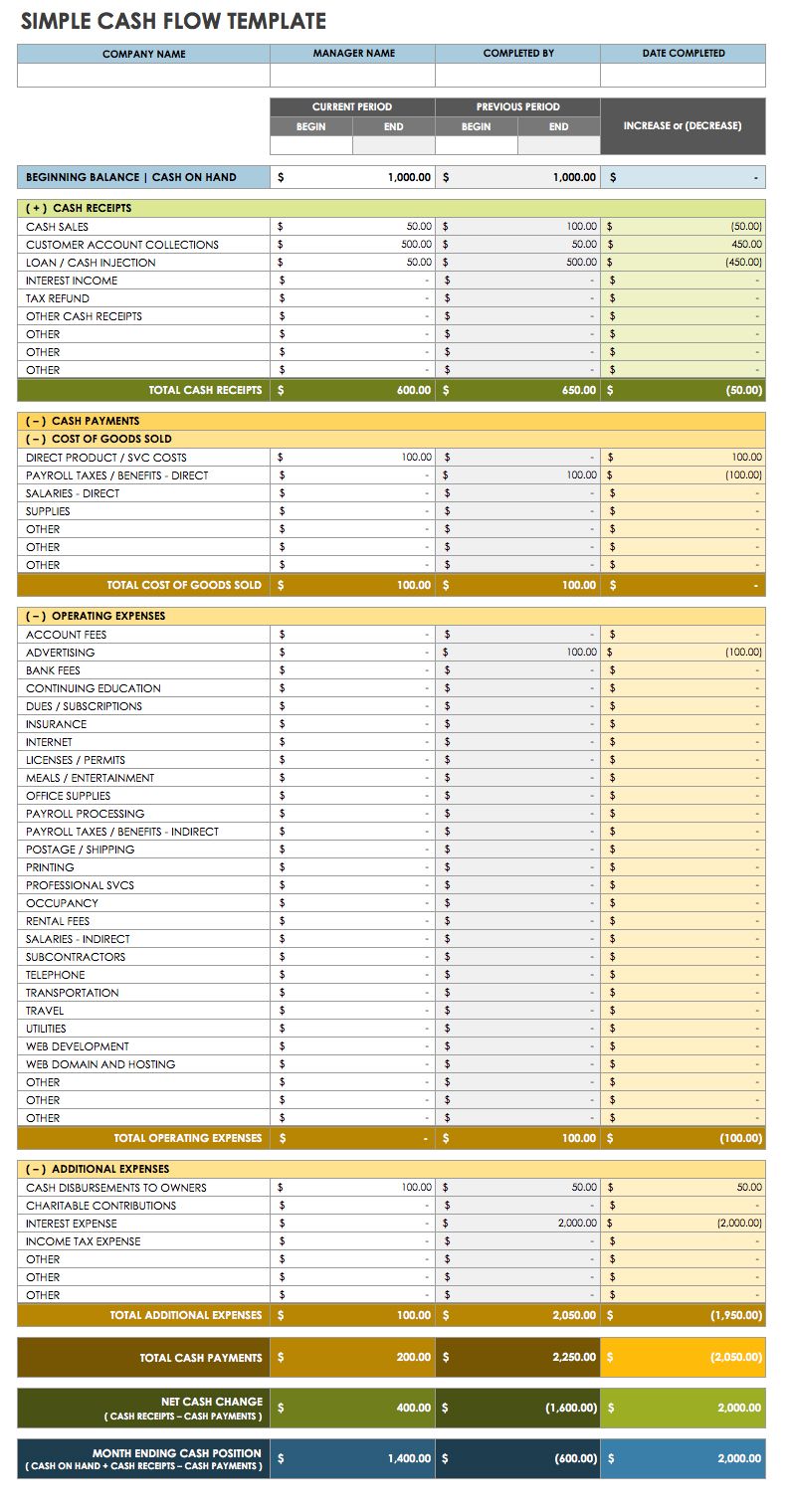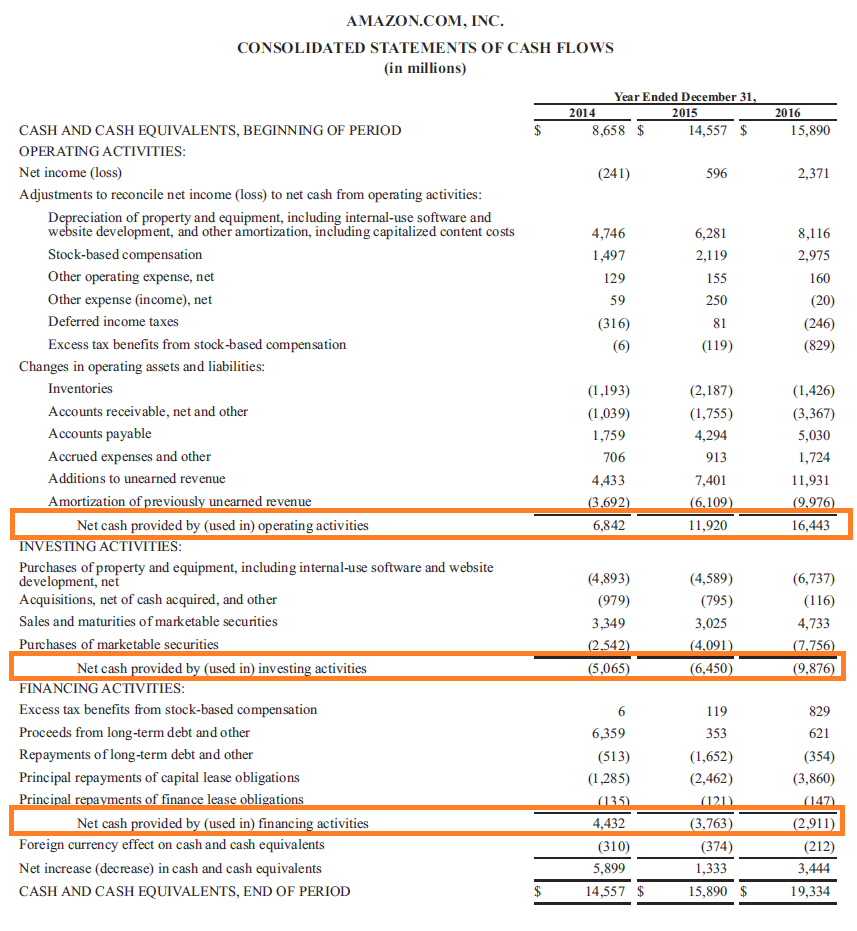
How to calculate cash flow available for debt service? What is cash flow available for debt service? How is debt service coverage calculated? Cash Flow Available for Debt Service (CFADS), also commonly referred to as cash available for debt service (CADS), is the amount of cash available to service debt obligations. It takes into account several cash inflows and outflows to give an accurate representation of a project’s ability to generate cash flows and service debt.
The ratio states net. A project’s cash flow available for debt service (CFADS or CADS) is analysed by project finance lenders (senior debt banks) to determine debt size and credit covenants. This tutorial looks at the application of CFADS in project finance analysis, as well as, the debt service cover ratio (DSCR) and the loan life cover ratio (LLCR).
Cash flow available for debt service (CFADS) is arguably the most important metric in project finance. It determines how much cash is available to all debt and equity investors. In other words, this ratio compares a company’s available cash with its current interest, principle, and sinking fund obligations. However, instead of looking at NOI for a commercial property, we need to substitute in some other measure of cash flow from the business available to pay debt obligations. For this reason, the cash flow to total debt ratio is also known as the cash flow from operations to total liabilities ratio.
You’ll notice that this calculation doesn’t take a company’s full earnings into account, but considers only the amount of those earnings that are available in cash to service its debt load. We can get the operating cash flows from the cash flow statement, while the debt amount is there in the balance sheet of the company. Debt Service Coverage Ratio or DSCR indicates the ability of the company to service its debt obligations from earnings generated from its operations. In this case, the ratio will be.
It’s common to find a debt service coverage ratio defined or stated in a bank loan document. Source Link: Apple Inc. Balance Sheet Explanation.

Cash Available for Debt Service means, for any perio the Consolidated EBITDA for such perio minus the sum of (a) Capital Expenditures made by the Borrower and its consolidated subsidiaries in cash during such period and (b) to the extent added to Consolidated Net Income in determining Consolidated EBITDA, consolidated income tax cash expense for such perio all determined on a. It is calculated by dividing the company’s net operating income by its debt obligations for that particular year. Net Cash Flow formula is very useful equation as it allows the firm or the company to know the amount of cash that is generated whether it’s positive or negative and also the firm can bifurcate the same into three major activities among which operating activity is the key as the firm generates its revenue from operating activities and a healthy cash flow from operating activity is a good. Key to calculations is the amount of cash available – known as the cash flow available for debt servicing (CFADS). Typically, this is the cash generated in the period (usually a calendar or financial year) prior to the debt principal and interest being paid (and any equity payments), but after tax has been accounted for excluding any shield. You can use financing to help your cash stretch further, Schwartz says.
Net Income versus Cash flow (Using Traditional Cash Flow to determine debt service coverage) Earnings, including profits, and cash flow , although relate are two distinctly different concepts. Profits and earnings are created by accounting conventions and include non- cash items such as depreciation. A further point to what has been listed above is that FCF two critical questions: 1) are the business operations generating cash as a going concern?

CFADS is a measurement of how much cash you have available to make your debt interest and principal repayments. EBITDA excludes non- cash expenses such as amortization and depreciation that don’t affect cash flow. Therefore, EBITDA is a better expression of the cash available to pay off debt. Total debt service (TDS) is how much a company pays out for the period in principal, interest, and lease payments.
For projected cash flows, the lender should provide the calculation of debt service coverage using the definitions above, and provide analysis of the assumptions supporting the. A very low ratio can be an indication of too much debt or poor cash generation. Another formula used for the calculation of cash flow coverage ratio is.
This ratio also has some variations. For example, free cash flows can be used instead of operating cash flows. Such a quantity is the total amount of resources available to the company in order to pay back debt principal and to cover the related financial charges. Related to this is the Project life cover ratio (PLCR), the ratio of the net present value of the cashflow over the remaining full life of the project to the outstanding debt balance in the period.
It is a measure of the number of times the cash flow over the life of the project can repay the outstanding debt balance.
No comments:
Post a Comment
Note: Only a member of this blog may post a comment.